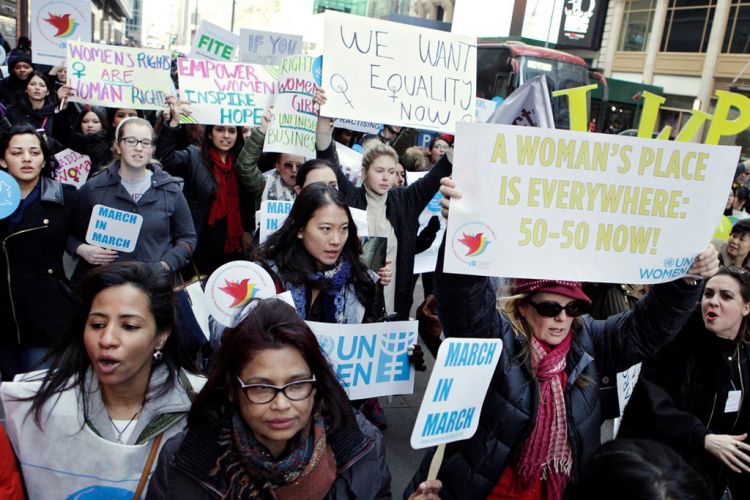When observing a culture, an important fact that we should bear in mind is that, sex is a socially important category; to the extent that we live in a culture, which has throughout its existence, made sex extremely important characteristic of people everyday culture and discourse.
Sex is above other identity factors; as a society is determinant in setting the gender roles based on the culture of the perspective society. Gender refers to the behaviors, attitudes and feelings associated with masculinity and femininity. In order to know the gender of a person, one could not simply look at their physical attributes, but rather at their behaviors: how they talk to others, how they move etc. It is important to notice that men can “fail to be masculine”.

Masculinity is a normative notion, not descriptive; which implies that masculinity is something that all men should achieve, not something that all men do achieve. In order to understand how a society sets a benchmark for achieving masculinity, we should look at the same criteria that they set for femininity. Women and men are socialized differently; gender roles play is fundamental in determining how people perceive themselves and the world. Daily social and cultural practices restrict personal, educational or artistic potential of women and men in societies.
Gender roles are historically structured and shaped in a way that they’ve become social norms and are not seen as gender inequalities per se. It is hard to find any trance of women in different civilization periods, due to the fact that women have been excluded from the history. Culture that consists the norms of civilization, are presumed as men norms, without any contribution of women side.
History as such has always been male dominated; therefore, the women’s role in the history has always been marginalized. However, women’s activities against their subordinated statues were not enough to abolish their marginalized positions as “subgroup”, as well as gender equality could not be reached just with economic and political improvements. Without any doubt, there should be more fundamental initiatives to improve gender equality.
In order to understand the male cultural domination and how it creates our behaviors, we have to analyze it in the context of cultural hegemony.
Today, although living in modern era, we still have patriarchal societies, where one is identified by sex. Political, economical and social system has given power and advantages to males. Societies have developed institutions and ideologies that have perpetuated the concentration of power on male hands and led to the creation of the cultural hegemony.

Cultural hegemony is equipped with mechanisms that shape our thoughts, ideologies and life styles. Women as unrepresented group in dominated culture are exploited or oppressed through its limited voice. Women are led by society to perceive their situation as natural, inevitable and sometimes even preferable. The male cultural domination is social and historical construction.
Cultural hegemony is based on the assimilative ideal, which assumes that equal social statues for all persons require treating everyone according to the same principles, rules and standards. However, group differences continue to exist, and certain groups continue to be privileged. The strategy of assimilation aims to bring formerly excluded groups in the mainstream. The privileged groups implicitly define the standards according to which all will be measured; the ideal of a universal / common humanity without social group differences allow privileged groups to ignore their group specificity.

Group differences attempt to measure some hierarchical standards of dichotomy – masculine and femininity; rational men and women; civilized men and uncivilized women. Furthermore, language, media, school texts are the main instrument of creating this dominant culture. Language rather than being an instrument of communication, has been used as a tool for enforcing the gender roles and stereotypes. Language is one of the most fundamental powers of protecting the male dominance over women. Moreover, school texts, media are also sexist and are the main factors, which have the capability to influence our thoughts.
To sum up, the universal norms, which are determined by hegemonic culture, are gendered and possess the cultural mechanisms to shape our thoughts, attitudes, perceptions and to be considered as the ideology of everyone – by being considered as the main and only reality in the town. The norms of male dominated culture are represented as universal norms - as well as white, heterosexual and Western culture are displayed as “normality” of modern period. Gender in/equality should be analyzed within the concept of the hegemonic power, which will help us to challenging norms of this in/equality and to develop the fundamental changes regarding to gender integrity.
Photos taken from UN Women.
Adelina Hasani is an expert from Kosovo. She is specialized in South Eastern Europe, nationalism, gender issues and political theories.











